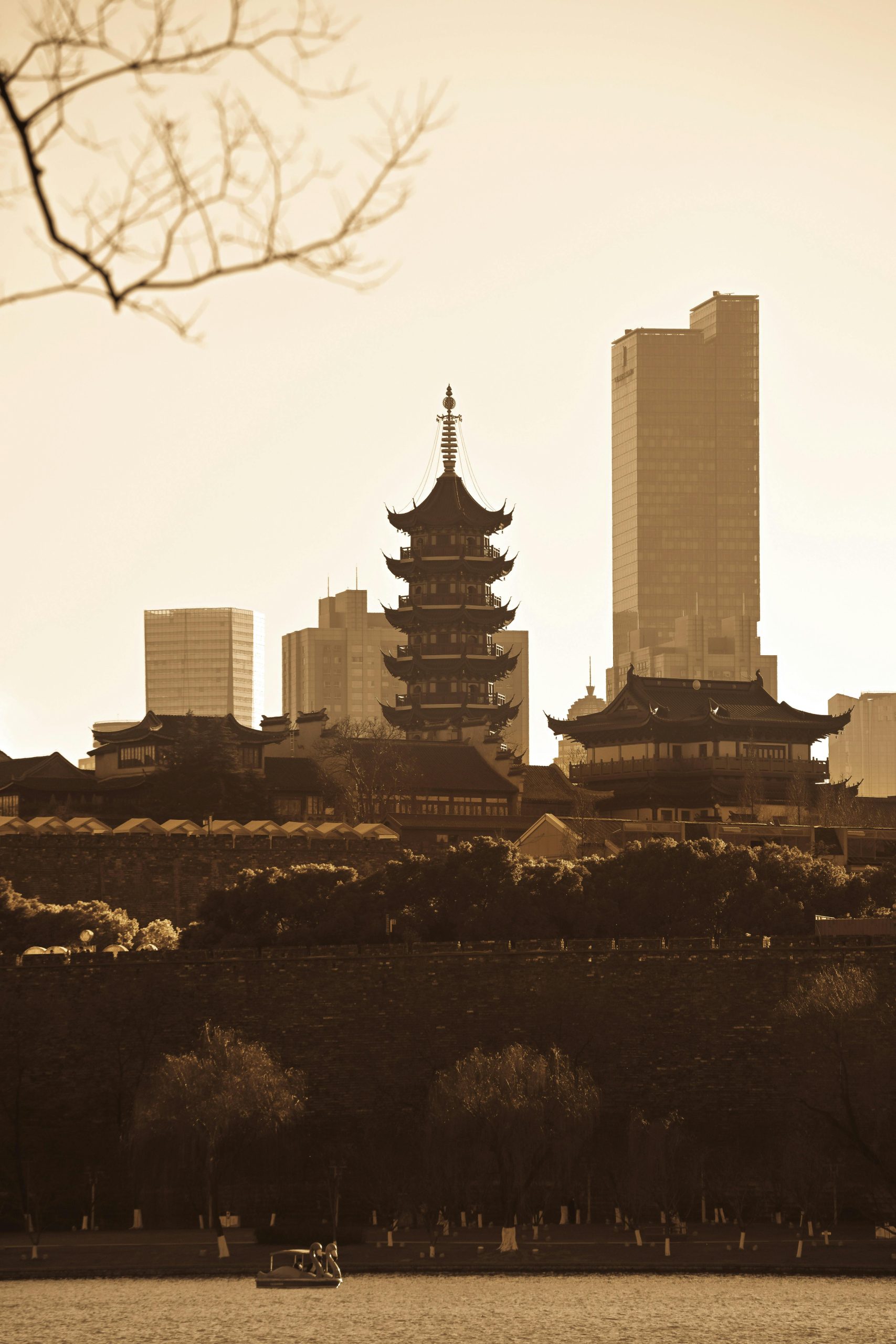The situation you’re describing revolves around concerns about erosion of democratic principles and the centralization of power within the executive branch, which is feared to undermine the checks and balances essential for a healthy democracy. Firstly, it’s important to note that political dynamics in the United States are complex and multifaceted, often influenced by a myriad of factors, including public opinion, political strategy, and media influence.
One reason for the absence of massive demonstrations might be a divergence in public perception about the severity of the executive’s power consolidation. Many people may not perceive the situation as dire, or they might believe that other democratic mechanisms, such as elections or judicial oversight, are sufficient to counterbalance the executive’s power. Additionally, political polarization means that what one group views as a dangerous centralization of power, another might see as strong and necessary leadership.
Also, organizing large-scale protests can be logistically challenging, requiring significant resources and coordination, particularly in a nation as large and diverse as the United States. In some cases, apathy or the lack of immediate tangible effects on daily life may also dampen the public’s willingness to protest.
As for the Democratic Party, their response may be influenced by strategic considerations or internal divisions. They may prioritize legislative or electoral efforts over public demonstrations, believing these avenues to be more effective in achieving long-term change. Additionally, they could be focusing on upcoming elections as the most viable opportunity to redirect the political landscape, given that much of the administrative power in the United States can change hands through electoral processes.
Moreover, several grassroots movements and advocacy groups are indeed working to address issues of executive power and promote systemic reforms, but such efforts can take time to coalesce into large-scale, visible actions.
Ultimately, the perception of executive power’s consolidation and the responses to it are shaped by a complex interplay of factors, requiring careful analysis and understanding of both domestic attitudes and institutional contexts within the United States.



